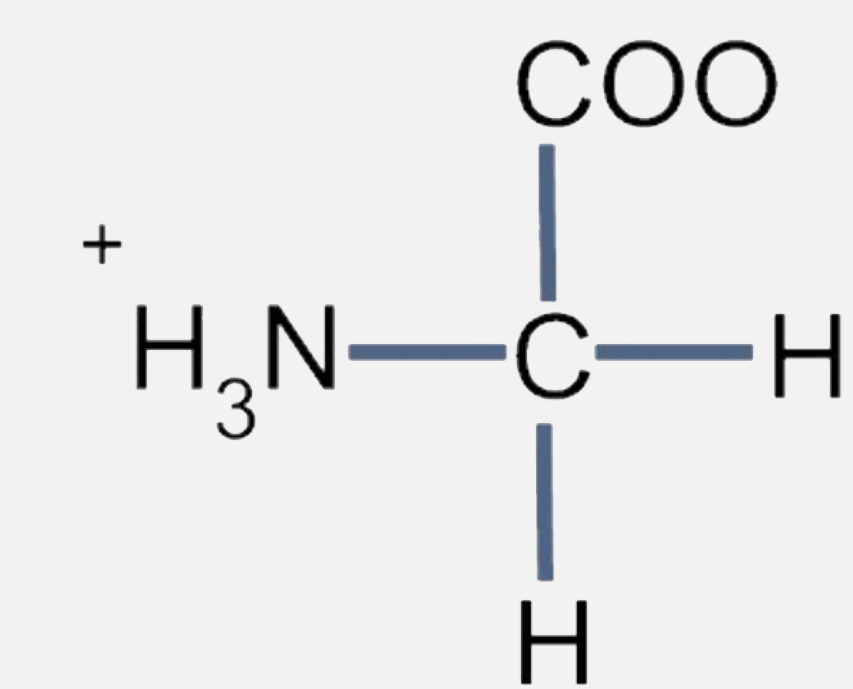But-3-ynoic acid, is represented as
To draw the structure of but-3-ynoic acid, follow these steps:
1. Identify the Carbon Chain:
- The prefix "but-" indicates that the compound has a four-carbon chain. Therefore, we will have four carbon atoms in a straight chain.
2. Identify the Functional Group:
- The suffix "-oic acid" indicates the presence of a carboxylic acid group (–COOH). This functional group must be included in the carbon chain.
3. Identify the Position of the Triple Bond:
- The "3-ynoic" part indicates that there is a triple bond starting at the third carbon of the chain.
4. Number the Carbon Atoms:
- Number the carbon atoms in the chain from the end closest to the carboxylic acid group. This means the carboxylic acid carbon will be carbon 1, followed by carbon 2, carbon 3, and carbon 4.
5. Draw the Carbon Backbone:
- Start drawing the carbon chain: C1 (carboxylic acid), C2, C3 (where the triple bond is), and C4.
6. Add the Triple Bond:
- At the third carbon (C3), add a triple bond between C3 and C4. This can be represented as C≡C.
7. Complete the Structure with Hydrogen Atoms:
- Each carbon atom needs four bonds. Add hydrogen atoms to satisfy the tetravalency of carbon:
- C1 (–COOH) has one hydrogen.
- C2 will have two hydrogens (–CH2).
- C3 will have one hydrogen (due to the triple bond).
- C4 will have one hydrogen (due to the triple bond).
8. Final Structure:
- The final structure can be represented as:
CH3−C≡C−COOH
- This shows the four carbon atoms with the triple bond between C3 and C4 and the carboxylic acid group at C1.
- The prefix "but-" indicates that the compound has a four-carbon chain. Therefore, we will have four carbon atoms in a straight chain.
- The suffix "-oic acid" indicates the presence of a carboxylic acid group (–COOH). This functional group must be included in the carbon chain.
- The "3-ynoic" part indicates that there is a triple bond starting at the third carbon of the chain.
- Number the carbon atoms in the chain from the end closest to the carboxylic acid group. This means the carboxylic acid carbon will be carbon 1, followed by carbon 2, carbon 3, and carbon 4.
- Start drawing the carbon chain: C1 (carboxylic acid), C2, C3 (where the triple bond is), and C4.
- At the third carbon (C3), add a triple bond between C3 and C4. This can be represented as C≡C.
- Each carbon atom needs four bonds. Add hydrogen atoms to satisfy the tetravalency of carbon:
- C1 (–COOH) has one hydrogen.
- C2 will have two hydrogens (–CH2).
- C3 will have one hydrogen (due to the triple bond).
- C4 will have one hydrogen (due to the triple bond).
- The final structure can be represented as:
CH3−C≡C−COOH
- This shows the four carbon atoms with the triple bond between C3 and C4 and the carboxylic acid group at C1.
Similar Questions
Knowledge Check
Following stereo-structure of tartaric acid represents :
 Ad or l formBracemic formCmeso formDNone of these
Ad or l formBracemic formCmeso formDNone of theseAmongst the following amino acids, the (R) - enantiomer is represented by:
A B
B C
C D
D
An acid indicator is represented by Hln.(Ka=10−5). The range of change of colour for the indicator is
View SolutionBecause most of the amino acids are represented by more than one codons, the genetic code is said to be
View SolutionIn nucleic acids, the sequence is represented as
View SolutionO3 is a powerful oxidising agent. Write equation to represent oxidation of
(a)I− to I2 in acidic solution,
(b)sulphur to sulphuric acid in the presence of moisture,
View SolutionFor a weak acid HA of concentration C(moll−1) and degree of dissociation (α), Ostwald's dilution law is represented by the equation
View SolutionWhen we homogenise any tissue in an acid the acid soluble pool represents
View Solution

